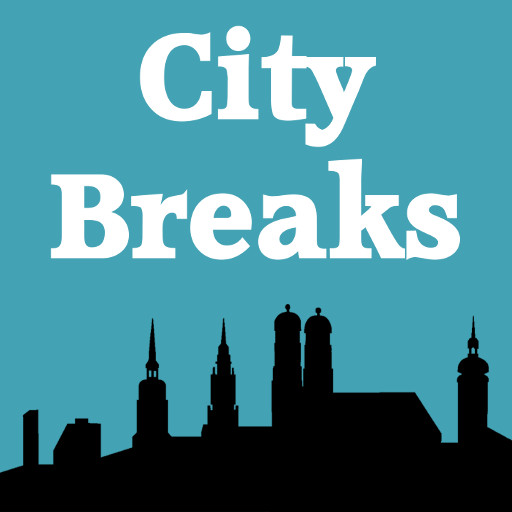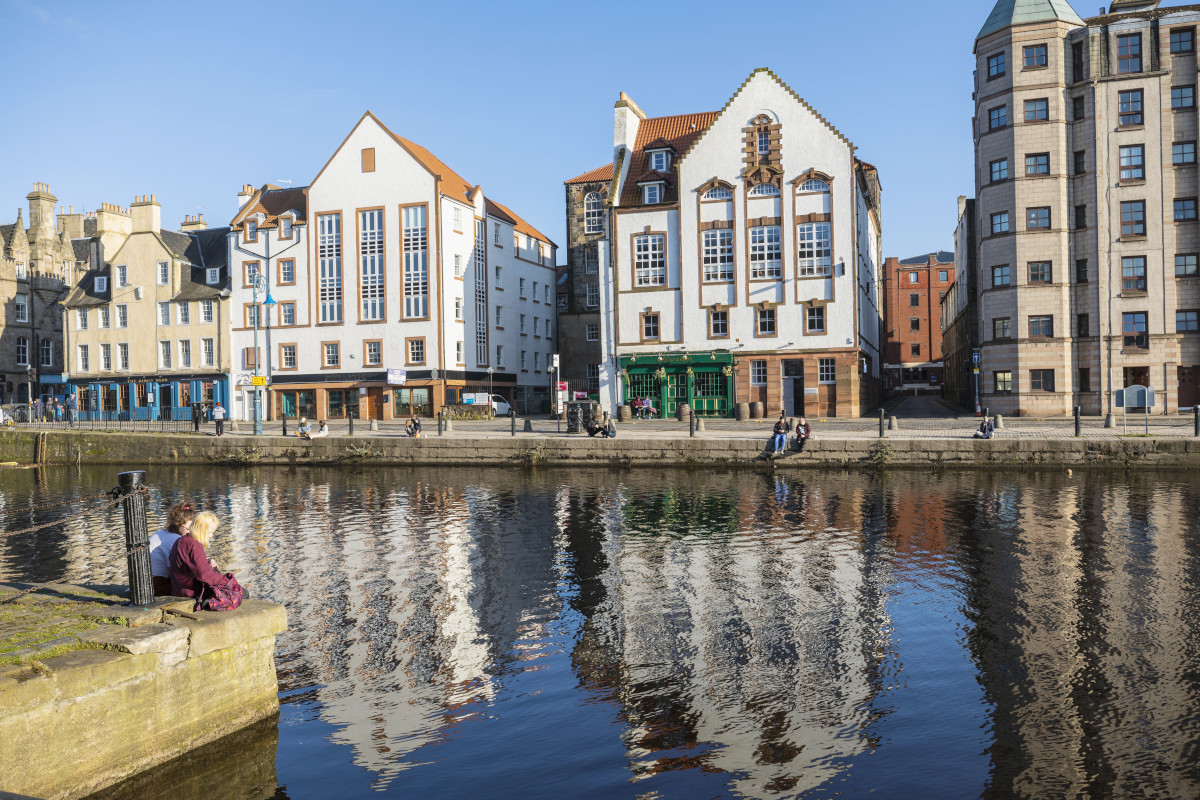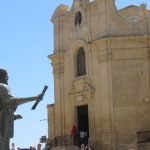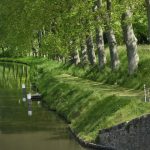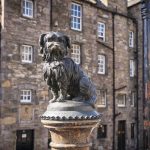A short bus ride from Edinburgh city centre will take you to Leith, the city’s port, and an excellent idea for a day, or half-day visit. You can also walk there, taking the mile-long Leith Walk from Princes Street. You’ll find a working harbour, a range of pretty cafes, restaurants and galleries, a definite whiff of seafaring, past and present, and one of Scotland’s most visited attractions, the Royal Yacht Britannia.
a little history

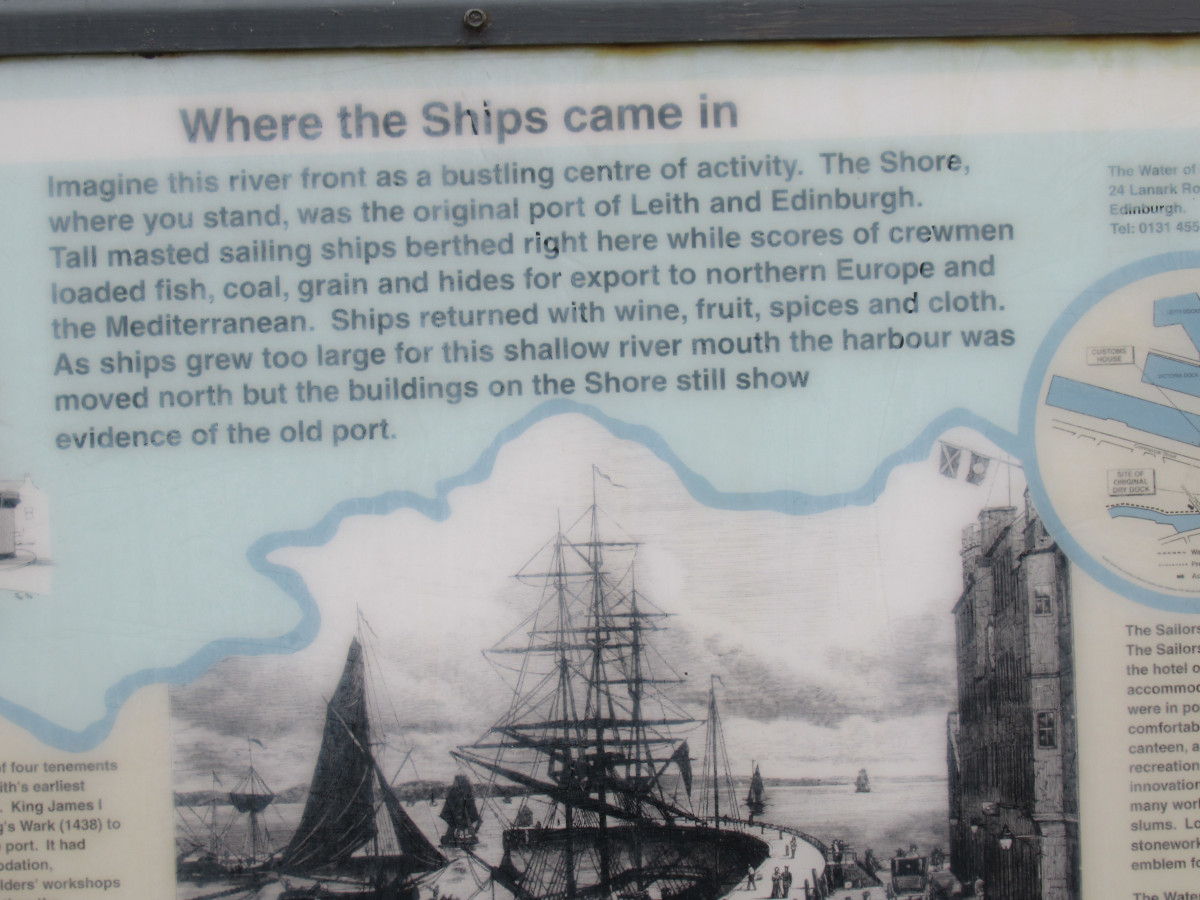
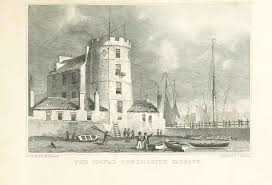
Both King David (12th century) and Robert the Bruce (14th century) laid claim to Leith and by the 1500s it was a busy port, shipping Scottish wool to France and Italy and vastly contributing to Edinburgh’s wealth and importance. By the 1780s there was a fleet of 500 ships in Leith, including whaling ships going out to Greenland, vessels bringing cotton and sugar from the West Indies and a thriving oyster trade supplying the London market with thousands of barrels a month. Ship-building and related industries – rope-making, iron forging – were big business here too. In the 19th century commercial sailings began – first a steamship service to London, then voyages further afield and today Leith is a major cruise ship destination.
A fuller history of Leith is given on the podcast, including such key events as the Siege of Leith in 1560, the return of Mary Queen of Scots to Scotland from France in 1561, the historic visit of King George IV in 1822 – he was the first English king to visit Scotland in 200 years – and the terrible events of 22nd May, 1915, when over 200 soldiers from Edinburgh and Leith were killed in the Gretna Railway Disaster.
leith today
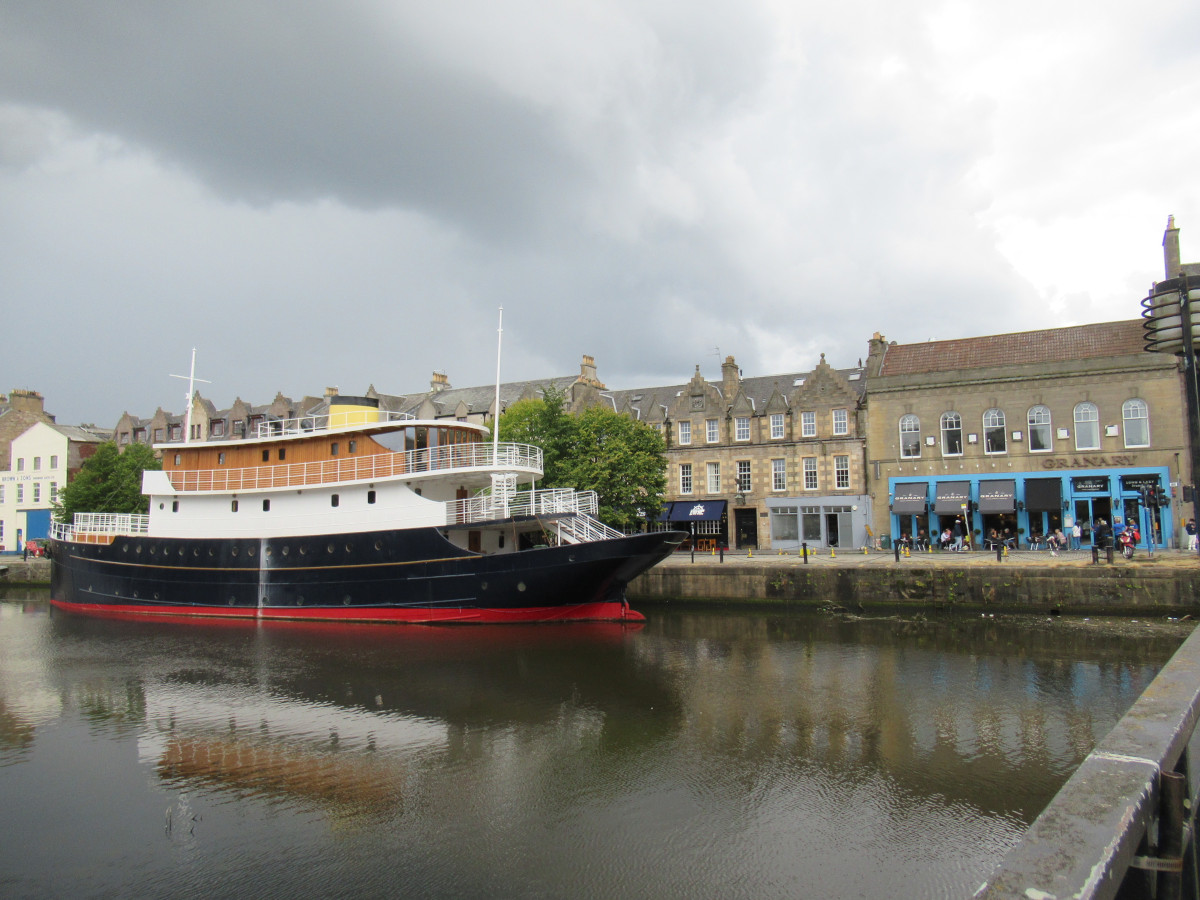

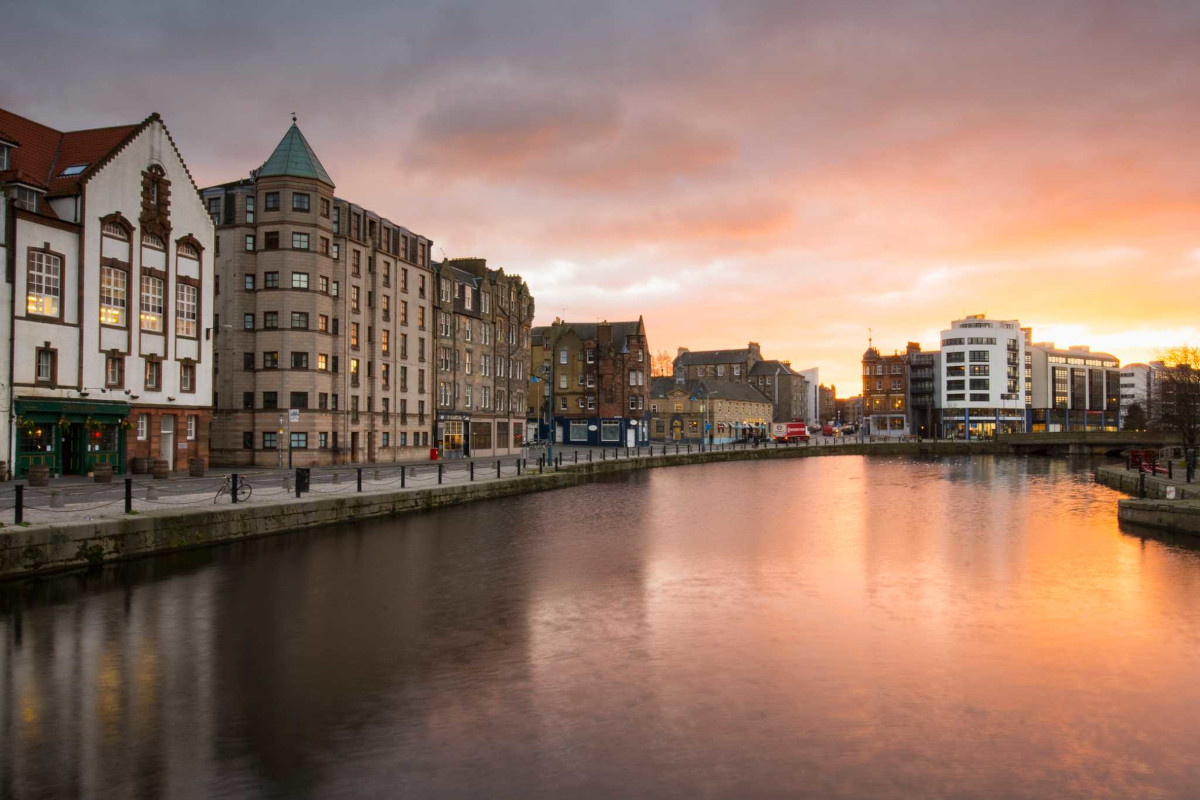
Leith, like many ports, had a rough reputation in previous centuries. The High Constables of Leith were formed in the 1600s, their duty to ‘apprehend all vagabonds and sturdy beggars, … swearers and blasphemers of Gods name, drunkards, sabbath-breakers or other lewd persons.’ In the 1980s, particularly, Leith had a severe drugs problem, as depicted in Irving Welsh’s Trainspotting. Today, it has spruced up considerably. On a stroll around the harbour, you will see artisan coffee shops and bakeries, seafood restaurants, bars and – on Saturdays – a farmers’ market.
Things to note around the harbour area include the brass panel embedded into the quayside whose golden crown symbol recalls the visit of George IV in 1822. The Customs House was erected in 1812, one of a long line of buildings from which Leith’s imports and exports were regulated. Nearby is the Merchant Navy Memorial, commemorating ‘Merchant Navy seafarers and fishermen’ from Scotland who died in wars or on trading routes in peacetime. For art and culture there’s the Biscuit Factory and the Edinburgh Sculpture Workshop. If you want to learn more about the history of Leith, then visit the Trinity House Maritime Museum. For a 10 minute video guide to Leith with David Wheater, click here.
the royal yacht britannia
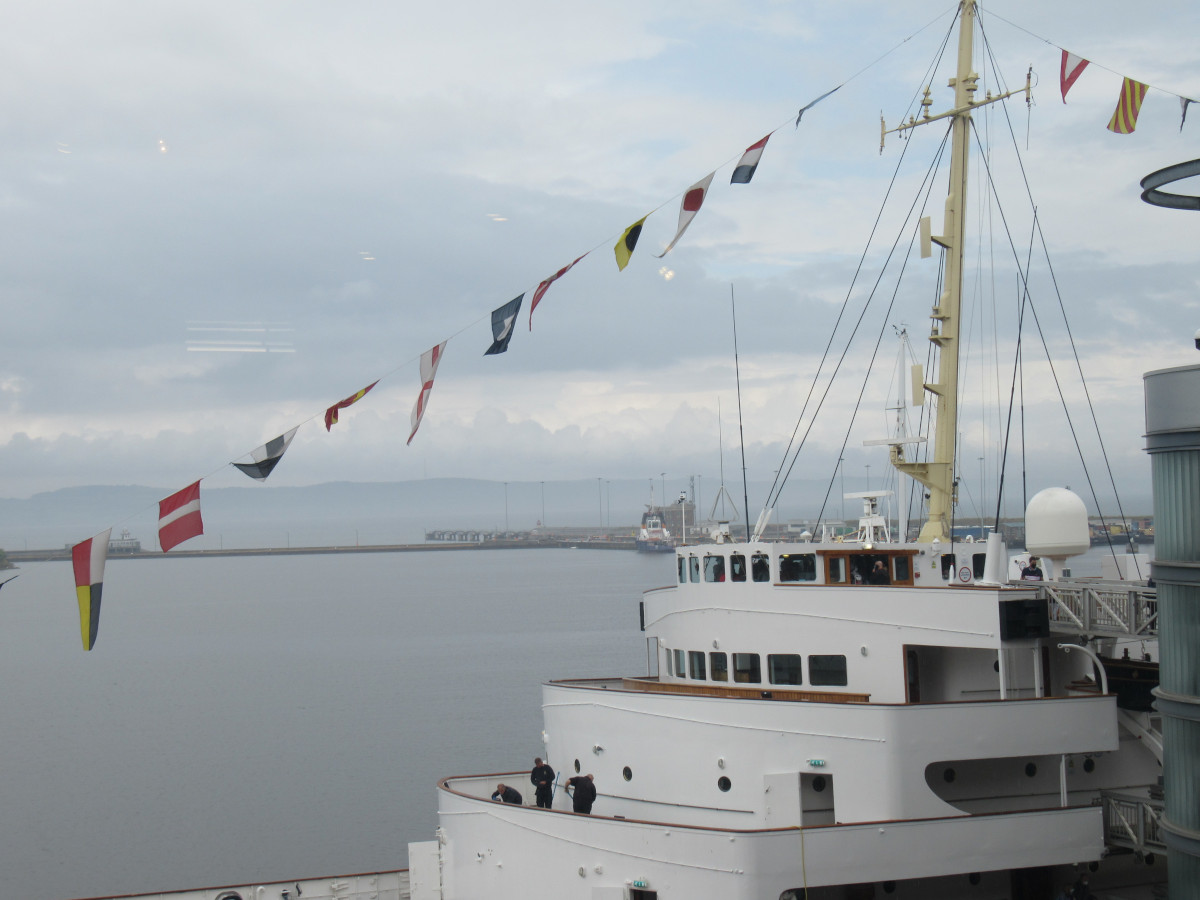
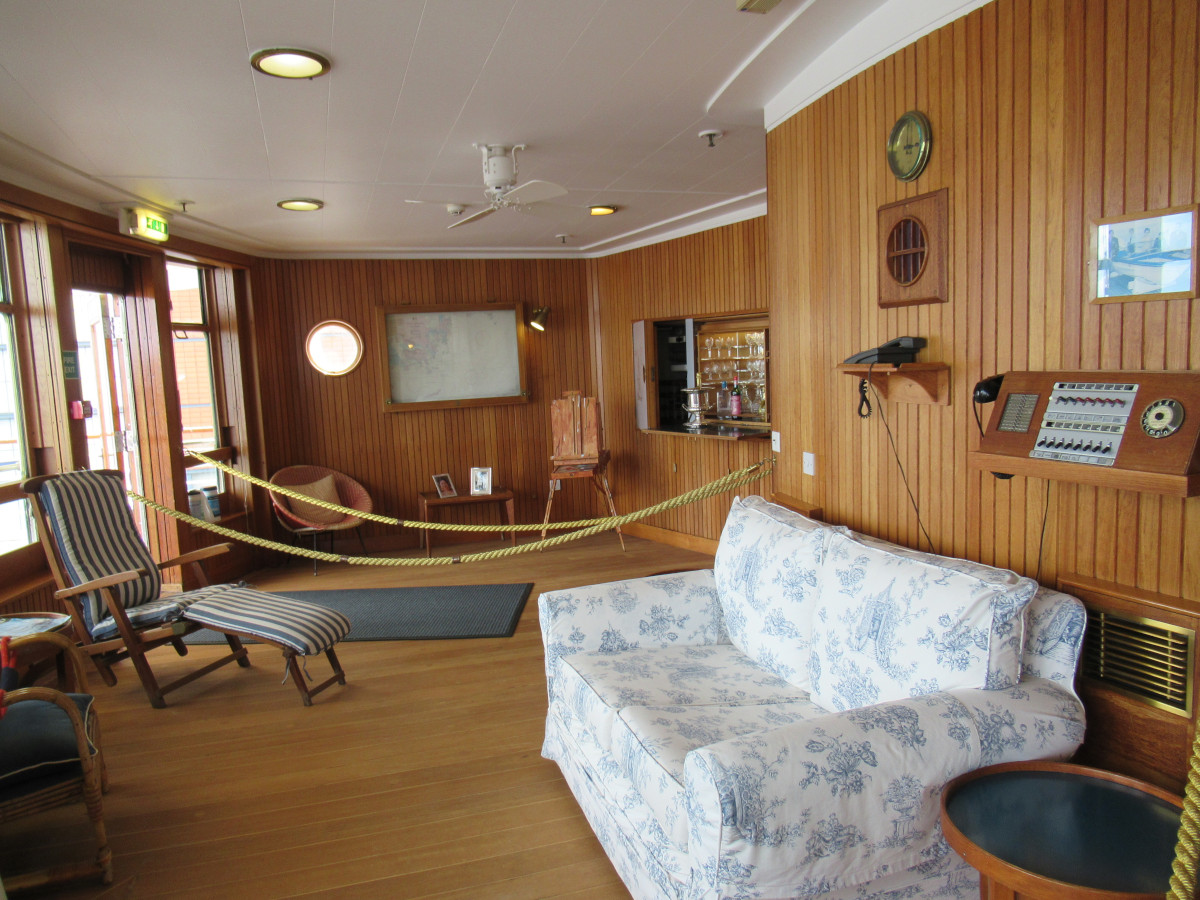
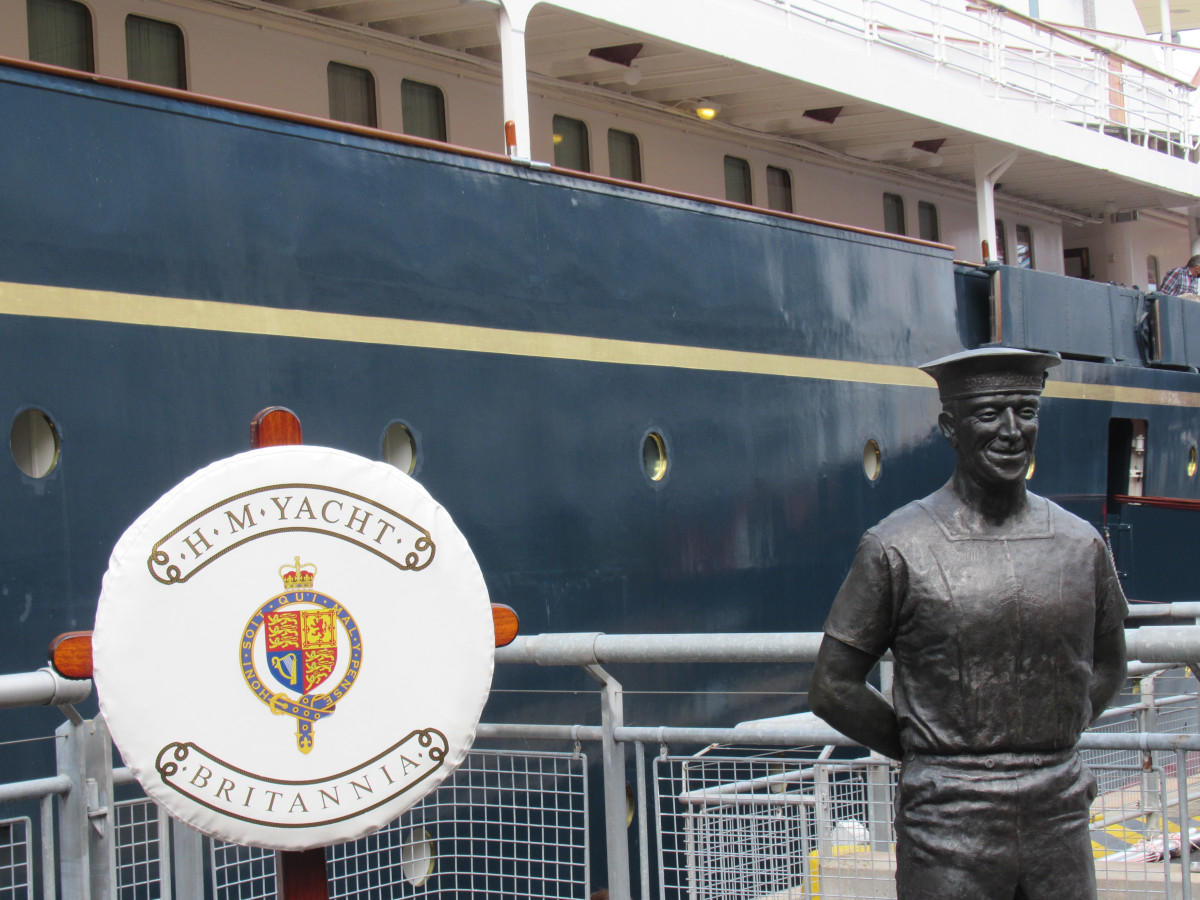
After 44 years in service to the Royal Family, Britannia was decommissioned and brought to Leith where it’s now one of Scotland’s top visitor attractions. You can look round the yacht which undertook nearly 1,000 official voyages and travelled over a million nautical miles. It had official roles, visiting Commonwealth countries and hosting Overseas Trade Board Days. It ran mercy missions, such as Operation Balsac in 1986 when British nationals and over 1,000 refugees were evacuated from Yemen during the civil war. It was also used by the Royal Family for holidays and honeymoons and its annual calendar included Cowes Week and Queen Elisabeth’s summer cruise around the Western Isles of Scotland, stopping for beach barbecues and walks ashore.
On board you’ll see the Royal Family’s ‘home at sea’, including bedrooms with family photographs, the Sun Lounge, with its ‘cleverly concealed drinks cabinet’, and the Verandah Deck where the royal children played in a collapsible canvas swimming pool. The State Rooms include the State Drawing Room with its chintz sofas, grand piano and tables set for afternoon tea. The State Dining Room can seat up to 56 guests and it’s said to have taken three hours to set the table, precision-measuring the position of each item. The most valuable item on board is here – a pair of gold sculptured camels, gifted to the Queen by the Ruler of Dubai when she visited the Gulf states in 1979.
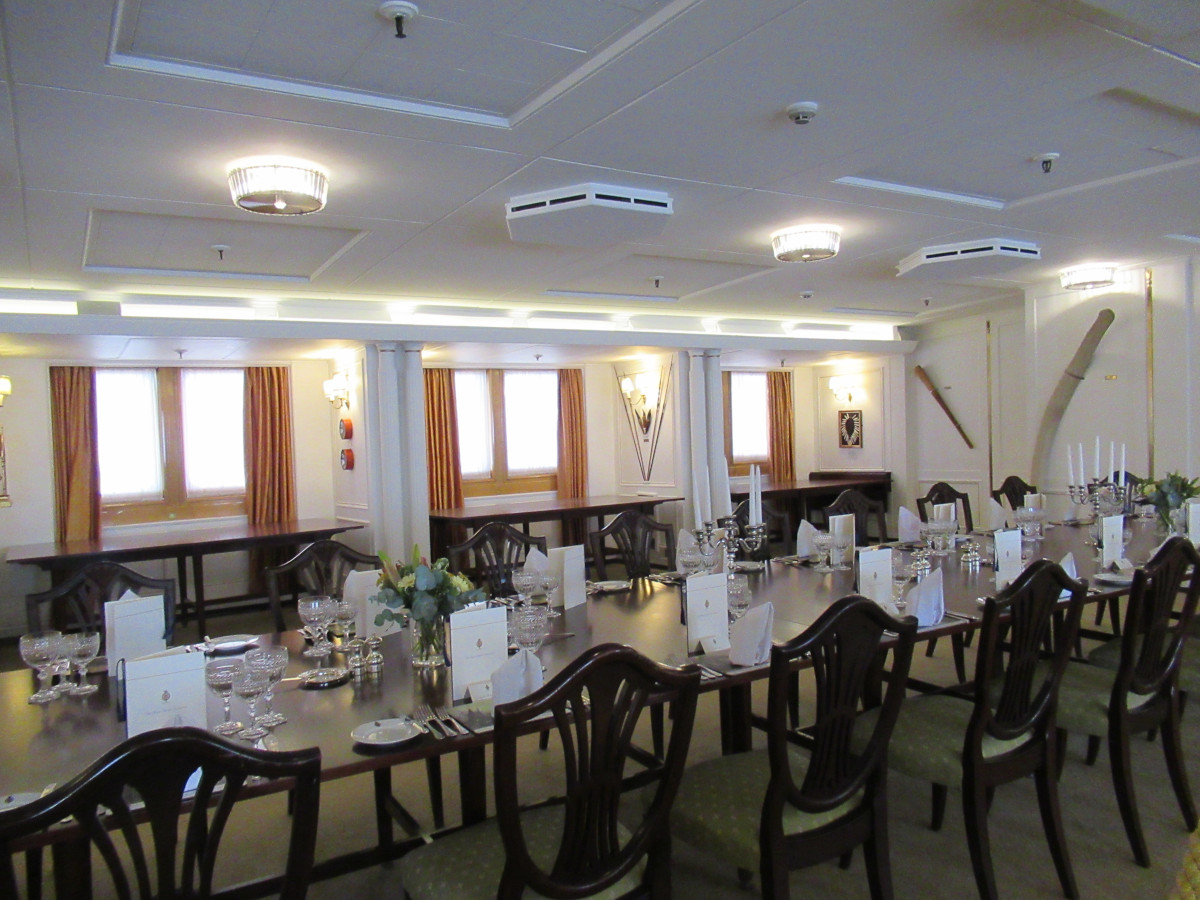
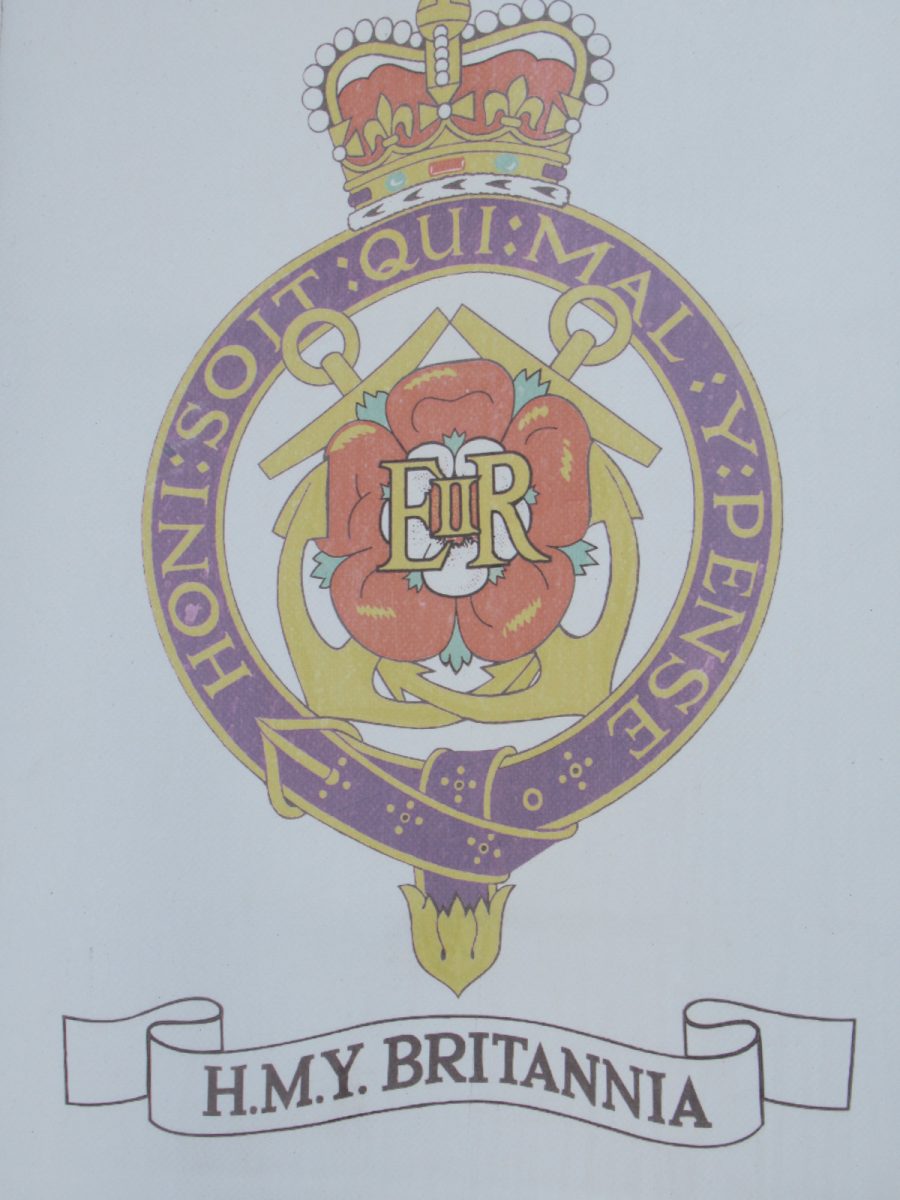
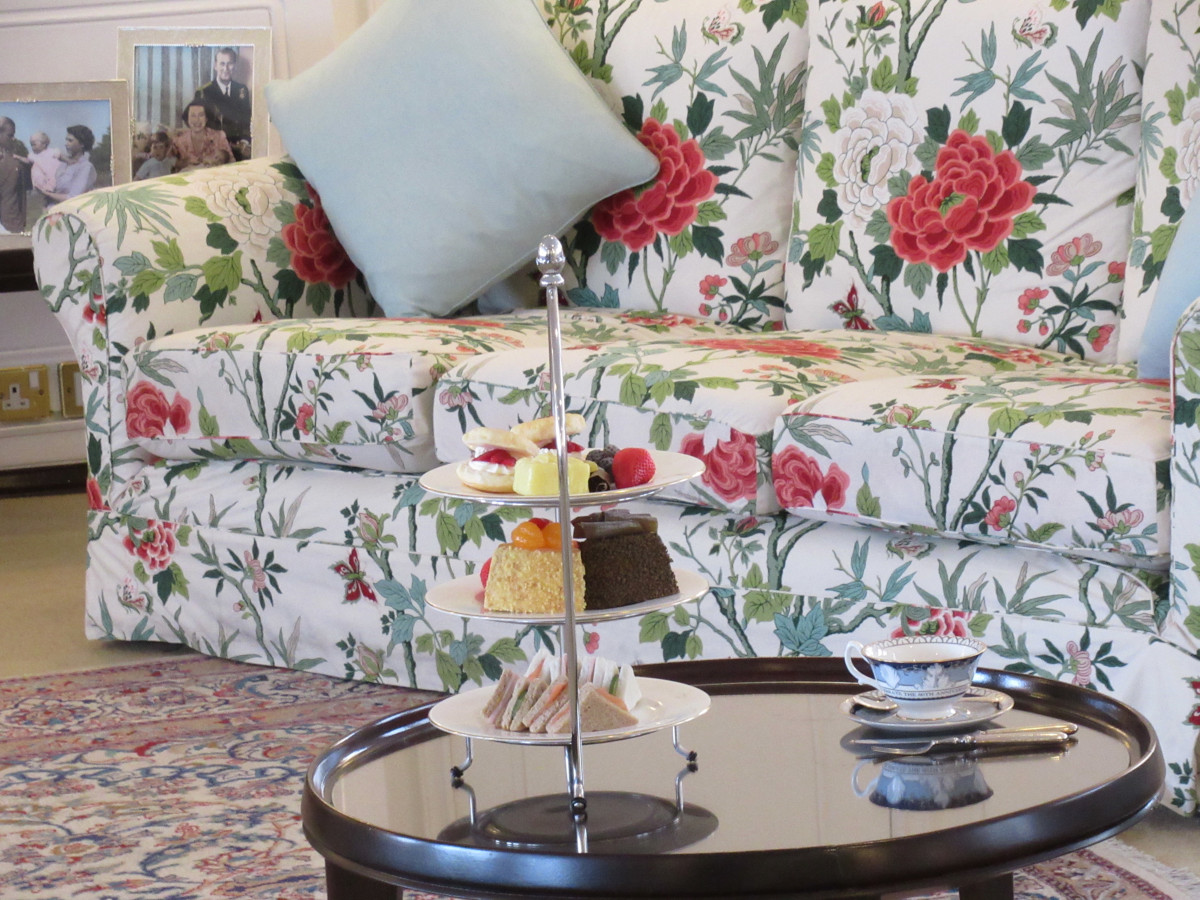
The ‘working rooms’ include the Admiral’s Suite, the Officers’ Cabins and sleeping quarters for all 250 crew members on board. They included seamen, navigators and engineers, as you’d expect, but also medical staff, caterers and sometimes also the 26 members of the Royal Marines Band and their instruments. In the galleys there are enough ovens to roast 100 chickens and a Jelly Room, ‘the special room where the royal children’s jellies were stored’. There’s a laundry, a suite of engine rooms, a garage where a Rolls Royce was stored on royal tours and a Royal Barge, kept ready to take people ashore if the harbour being visited was too small to accommodate Britannia herself.
The Royal Yacht Britannia is inextricably linked to the late Queen Elisabeth II. She launched the ship in 1953, declaring ‘I name this ship Britannia. I wish success to her and all who sail in her.’ And 44 years later, she gave a speech of thanks for all the service Britannia and her crews had given her, her family and the country, and was captured on camera shedding a tear over its demise. She was then piped ashore one last time at – how very British! – ‘precisely one minute past three in the afternoon.’
Listen to the POdcast
Links for this post
Visit Scotland Information on Leith
Walking Tour of Leith with David Wheater
Guided Walks in Leith
The Biscuit Factory
The Edinburgh Sculpture Workshop
Trinity House Maritime Museum
Royal Yacht Britannia
Previous episode Edinburgh’s History Museums
Next episode Edinburgh Literature and Writers
Last Updated on December 22, 2023 by Marian Jones
